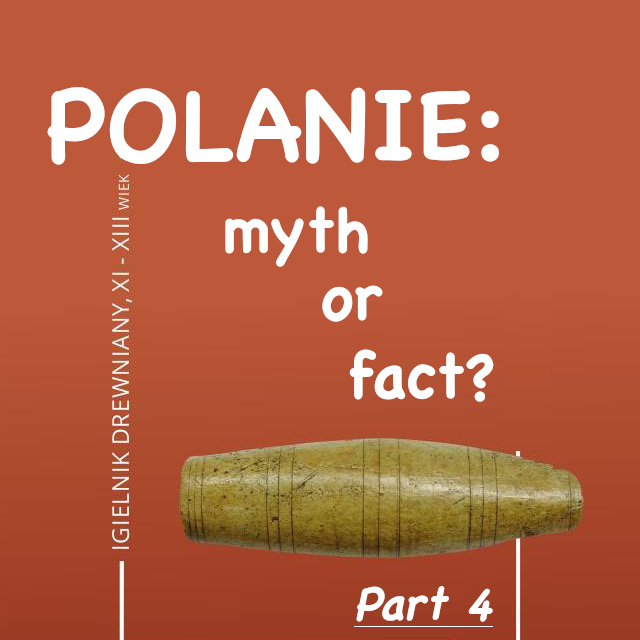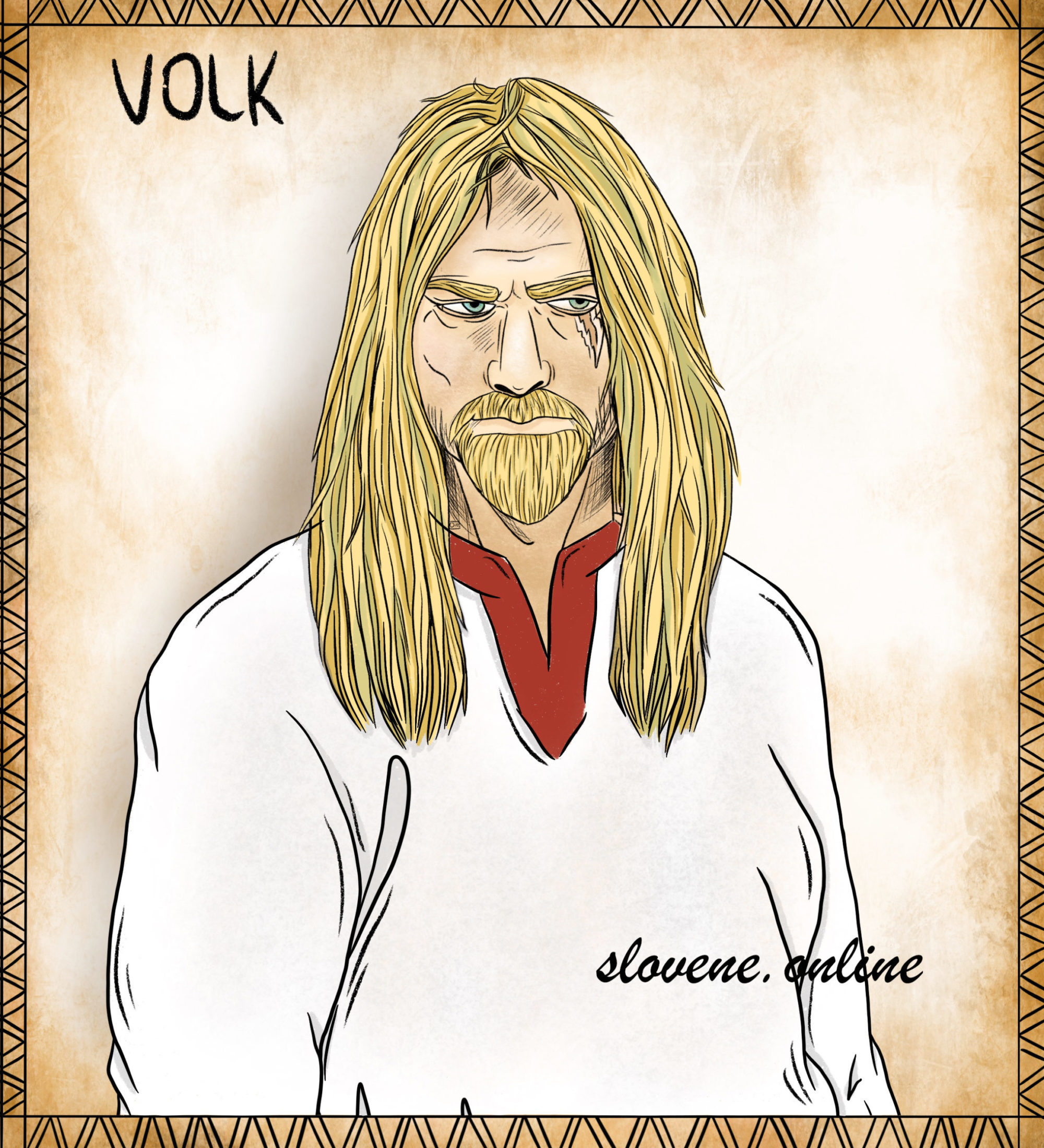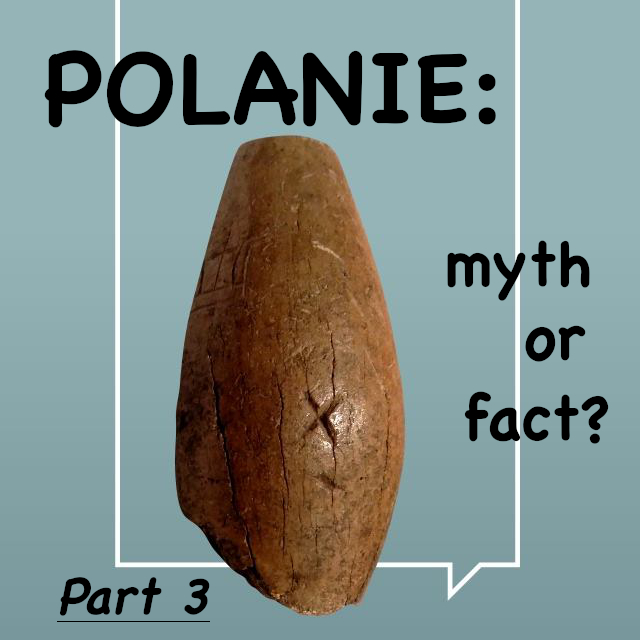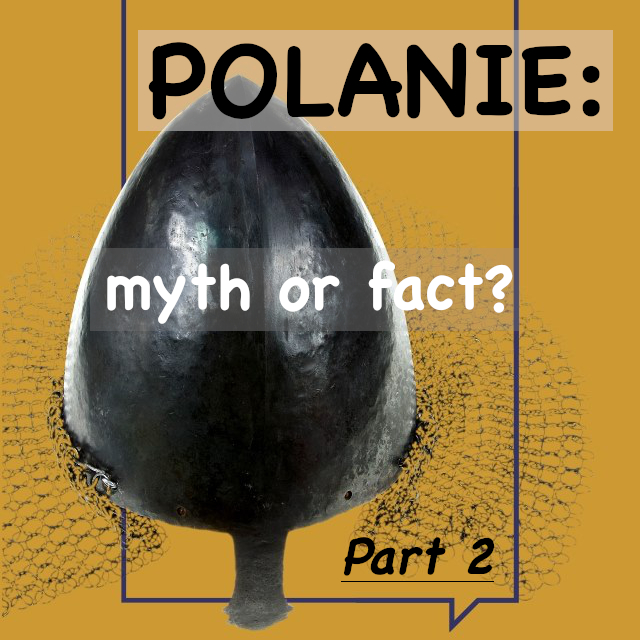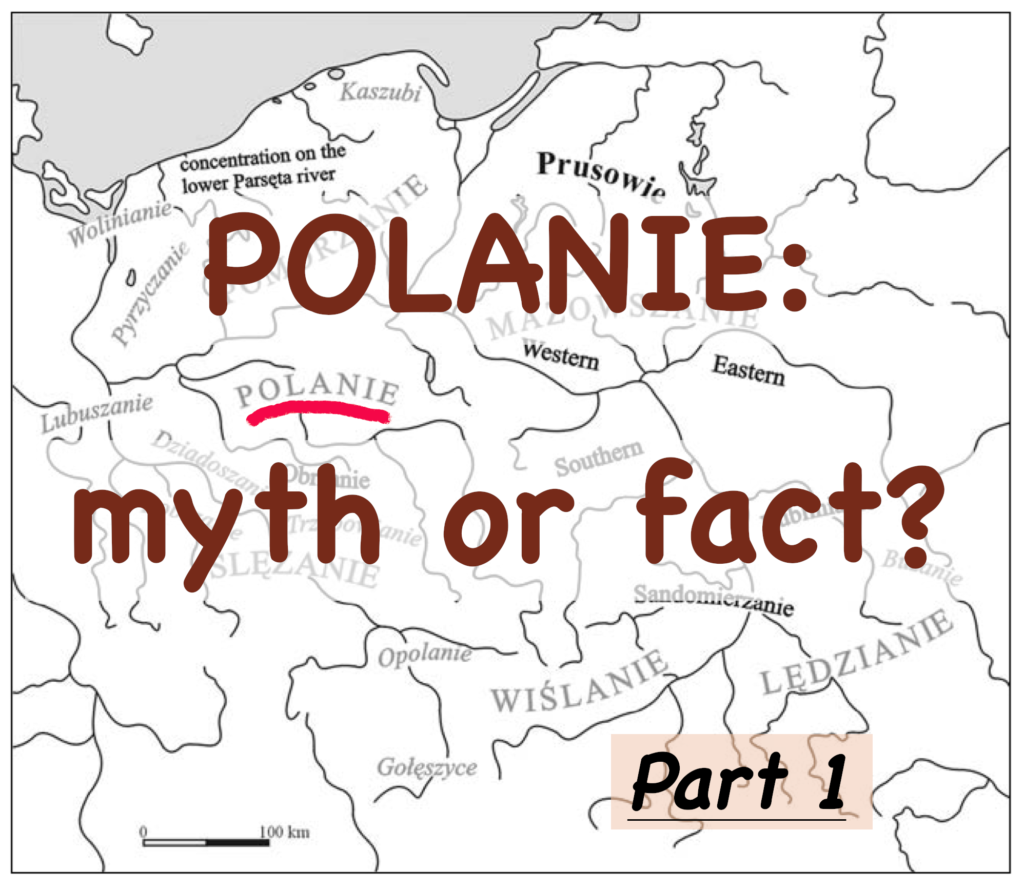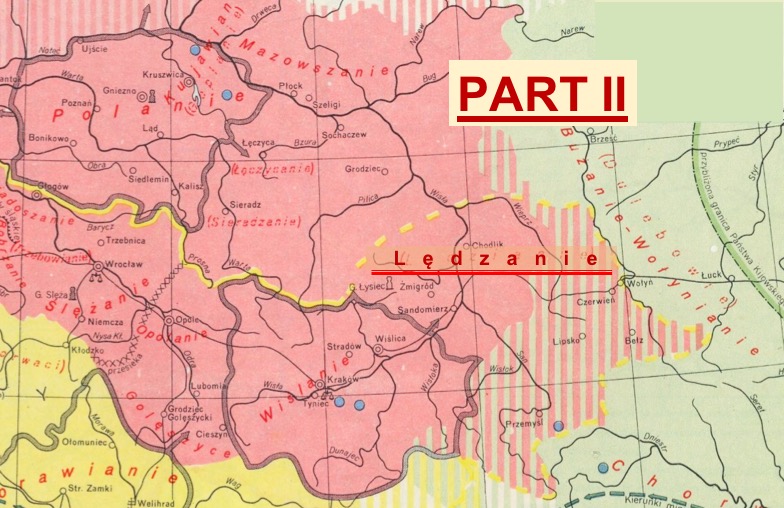We continue a string of posts about various Slavic tribes, which are mentioned in our animated fantasy comic book series about the customs and beliefs of the ancient Slavic people.
ꏍ
In the absence of stylistic differentiation of archaeological evidence of populations that occupied neighboring territories in the “pre-state” period of Polish history, these open questions are open for different interpretations by various scholars. Since the distinctive features of material culture have not been formed, it is difficult to identify tribes mentioned in chronicles.
ꏍ
Thus, the question of the existence of the Polanians tribe and its role in the history of Poland (as well as for the tribe of the same name in Kievan Rus) will be subjected to more thorough analysis, and possibly revised in the future in the light of new archaeological discoveries that have yet to be made.
ꏍ
Personally, I am leaning towards the traditional view on this topic. That is why in our comic book story you will meet some representatives of this tribe 😉 And what version about the Polanians seems most probable to you?
ꏍꏍꏍꏍꏍ
Sources:
❈ В.В. Седов «Славяне в раннем средневековье», Москва 2002;
❈ Ю.В. Кухаренко «Археология Польши», Москва 1969;
❈ Andrzej Buko “The Archaeology of Early Medieval Poland”, Leiden/Boston 2008;
❈ Przemysław Urbańczyk “Trudne poczatki Polski”, Wroclaw 2008;
❈ Paweł Żmudzki “Kulturowy kontekst nazw “Polanie”, “Polacy”, “Polska” w średniowiecznej historiografii polskiej i ruskiej”, Warszawa 2017;
❈ «Житие святого Адальберта», журнал “Запад России” №1(9) 1994;
❈ «Atlas historyczny Polski», Państwowe Przedsiębiorstwo Wydawnictw Kartograficznych im. Eugeniusza Romera, Warszawa-Wrocław 1979;
❈ Muzeum Początków Państwa Polskiego w Gnieźnie
